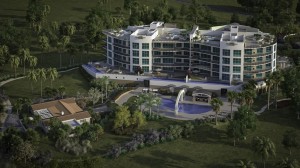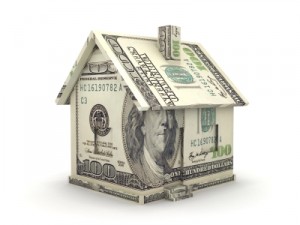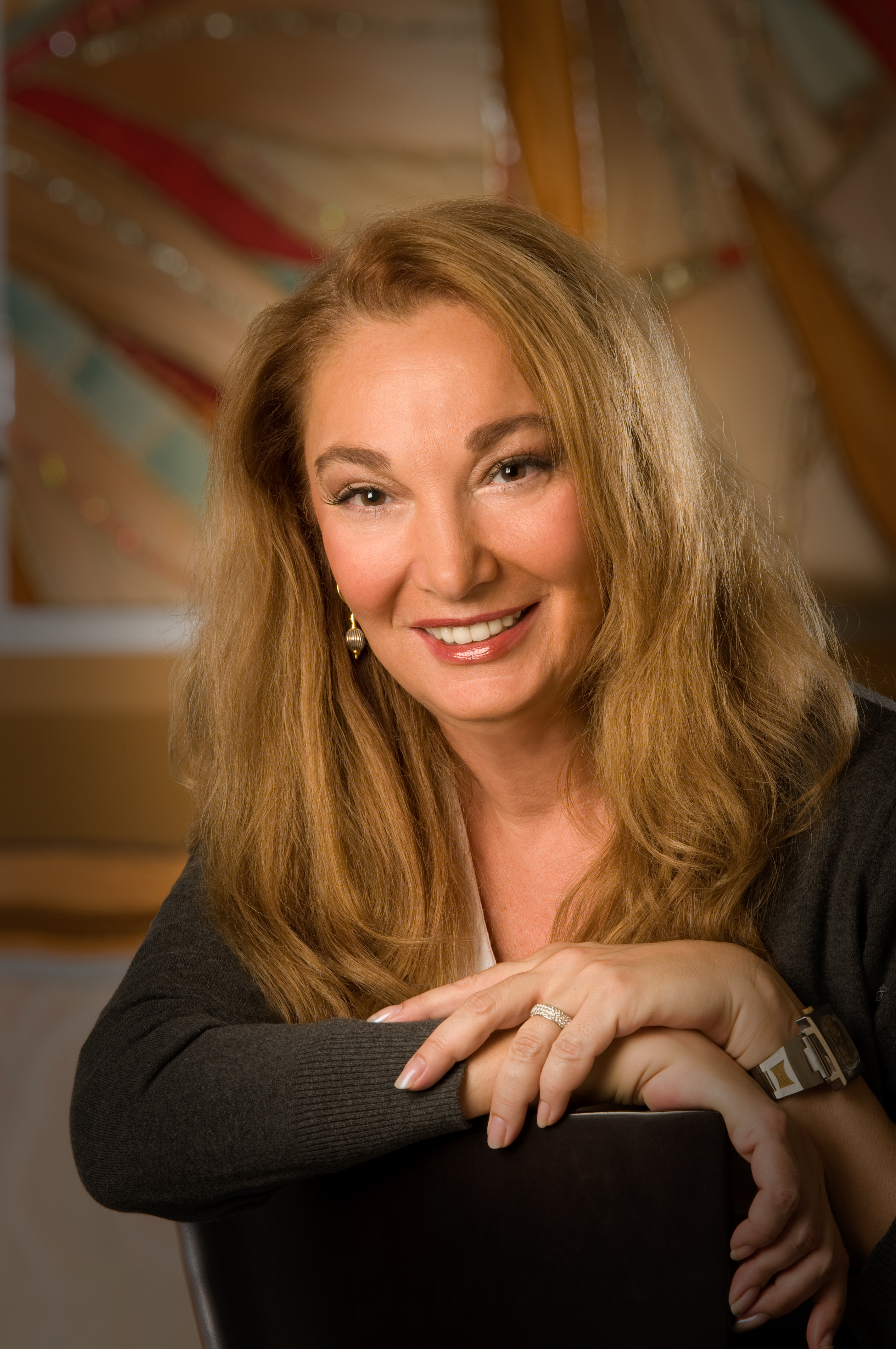 Cash Buyers
Cash Buyers
Cash on the table remains the preferred method of payment for home buyers in Southwest Florida.
The Sarasota-Manatee region ranked second among the 100 largest U.S. metro areas for cash buyers in April, according to a recent report by data provider CoreLogic. The two-county region ranks second among major U.S. metropolitan areas for the highest share of cash buyers of single-family homes and condominiums.
Cash buyers have dominated the Sarasota-Manatee real estate market for several years, even leading the nation for the top share in April. But no-loan buying has actually slowed down, as 58.1 percent of home sales were closed with cash in May 2014.
Nationwide, all-cash buying dropped to 24.6 percent in May, its lowest level since November 2009, RealtyTrac reported.
- Florida led the nation with a cash sales share of 51.4 percent, CoreLogic said
- Alabama was second at 48.5 percent, followed by West Virginia at 48.3 percent and New York at 45.4 percent.
- The West Palm Beach-Boca Raton-Delray Beach region posted the nation’s highest share of cash sales at 59.1 percent. Cape Coral-Fort Myers was third at 58.1 percent, and Fort Lauderdale-Pompano Beach-Deerfield Beach was fifth at 56.9 percent.
- Syracuse, New York, reported the lowest share of cash sales at 11.0 percent.
Locally, Realtors say smaller investors have become key players in home sales while large institutional investors — who commanded the market during its early rebound — have stepped back. Retiring baby boomers who have sold homes up North also are paying cash for homes here.
“As housing transitions from an investor-driven, cash-is-king market to one more dependent on traditional buyers, sales volume has been increasing over the last few months and is on track in 2015 to hit the highest level we’ve seen since 2006,” said RealtyTrac vice president Daren Blomquist.
Institutional investors — those that buy at least 10 properties a year — accounted for just 1.7 percent of home and condo sales in Sarasota-Manatee in May, down from 4.8 percent one year earlier.
The share of distressed sales — homes in some stage of foreclosure — also has declined from 24.8 percent to 15.5 percent of all sales over the year.
Realtors say the region is in a sellers’ market, with high demand and a dwindling supply of existing homes for sale.
In Sarasota and Manatee, the median sales price for homes and condos was $155,000 in May, down 1 percent for the year.
But as usual, distressed sales pull down those numbers. Non-distressed homes sold for a median $180,000, or 9 percent ahead of last year, while distressed properties changed hands for $105,000, a 9 percent drop.
“Distressed sales in May represented a significantly smaller share of a growing home sales pie as an increasing number of non-distressed sellers continued to cash out on the equity they’ve gained over the last three years of rising home prices,” Blomquist said.
“But those distressed sales are still acting as a drag on home prices, selling at a median price that is 43 percent below the median price of a non-distressed sale — the biggest gap we’ve seen since we began tracking that distressed discount in January 2006,” he added.
Herald Tribune July 2015
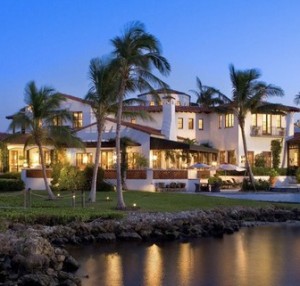
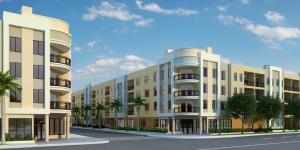 Sarasota’s Rosemary District – Urban Contemporary Architecture
Sarasota’s Rosemary District – Urban Contemporary Architecture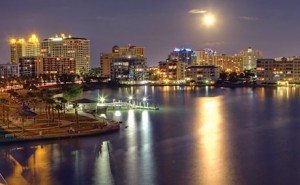
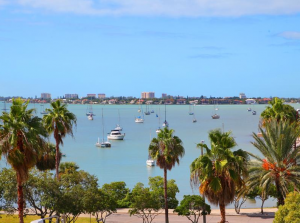 show signs of strength: In November, at least three
show signs of strength: In November, at least three 